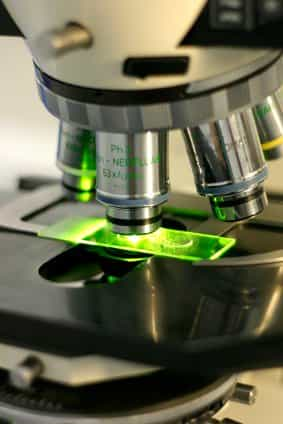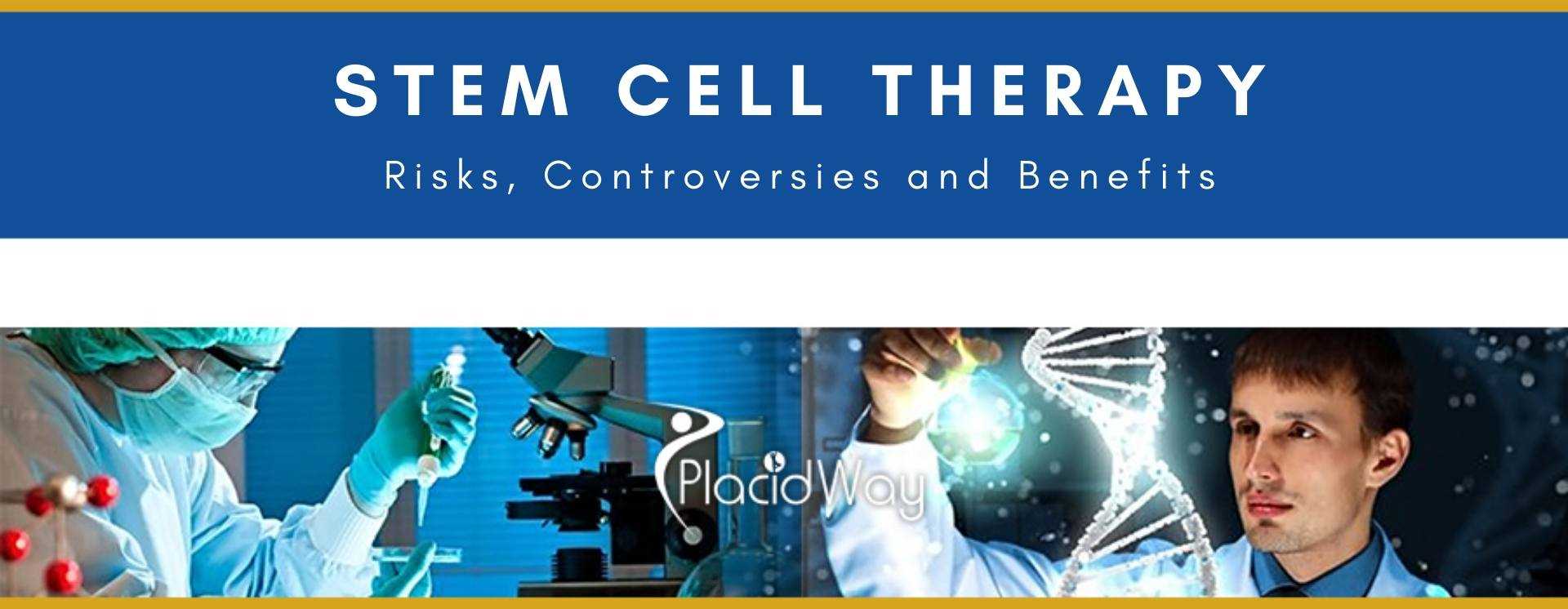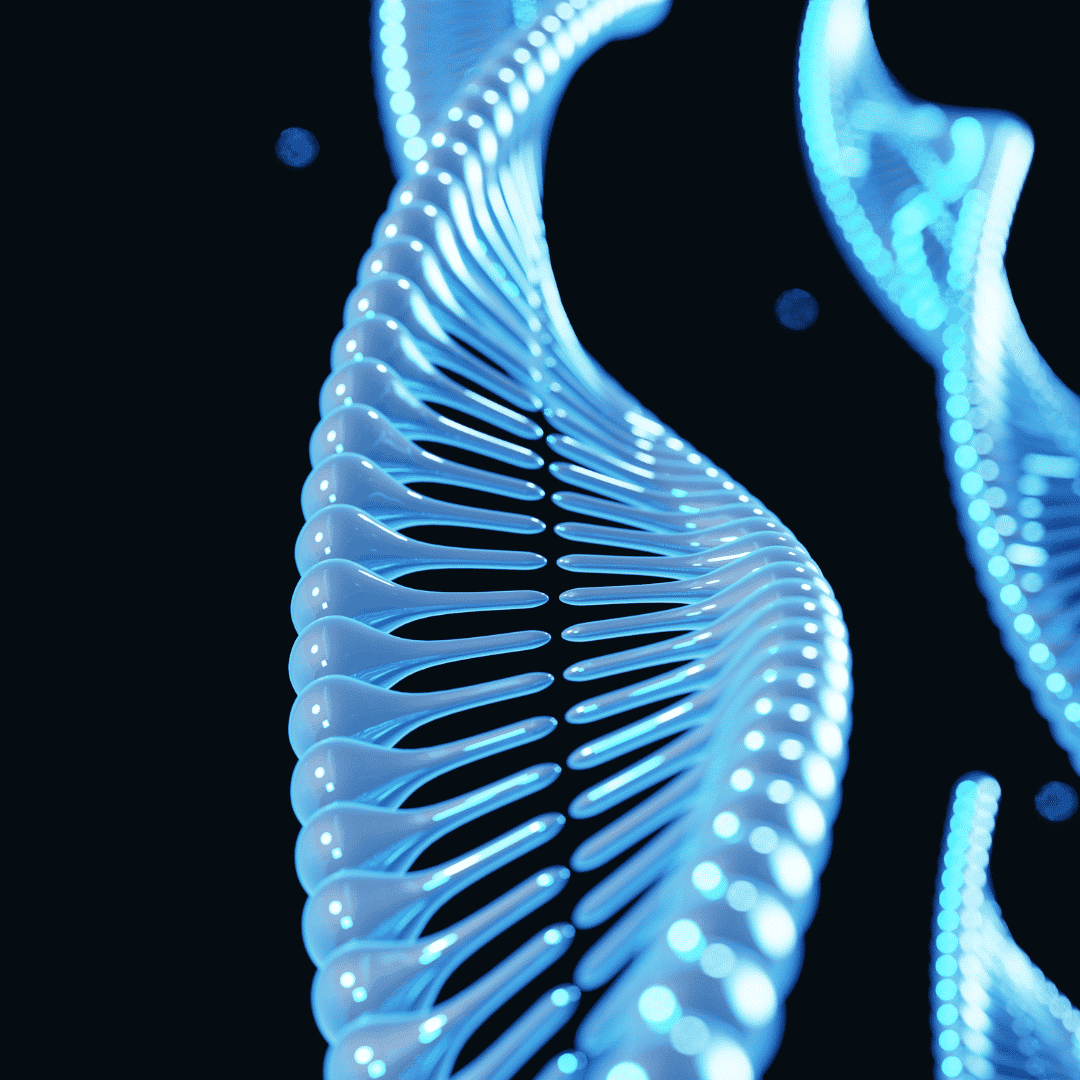Stem Cell Therapy- Controversies and Possibilities
Stem cells: What are they and why are we writing about them? Well, they’re actually amazing little things, and even more amazingly, Ukraine seems to be quite a force in understanding and using them. But they’re controversial too, aptly demonstrated when an important European legal judgment banned patents arising from embryonic stem cell research. Here too it seems slightly sensitive, with some Ukrainian institutions refusing our request for an interview. Undeterred, and never one to duck a controversy, we dusted off our microscope and set about investigating.
Everyone’s heard of them, and most of us know that they’re controversial, but not many of us know what they are or do. So before we start, a brief introduction is probably required.
Cells in a Nutshell
Most of the cells in our body have a specific function or specialty and get on with doing what they're supposed to do. They could be brain cells, tissue cells, red blood cells, organ cells or muscle cells. But we also have a small number of cells in our body that are unspecialized, with no specific function. These are stem cells. They’re the cell-equivalent of a clean slate, a blank canvas, a ball of clay in a sculptor’s hands. Like students, they just wander around aimlessly, fully-educated but hopelessly unable or unwilling to decide what to do with their life. If these cells were teenagers, they’d smoke, drink and read philosophy. They’re a pile of potential, just pondering their life purpose.
What makes them amazing is that they can become specialized under certain conditions. They can be induced to become specific cells, with specific functions and characteristics, like those listed above. So they can become what the body needs. Not only that, they can renew themselves, potentially without limit. They can even do this even after long periods of inactivity. They divide and replenish other cells, replacing those that are worn-out or damaged. With a little work, they could become the ultimate human repair kit.
There are different types of stem cell, and it’s important to differentiate between them. Firstly, there are adult stem cells, which are found in adult tissue or organs but only in very small numbers, which makes them difficult to detect. Their main function is to repair the bits of the body in which they are found, but it’s an area of current research, and we’re learning more each day. Then there are embryonic stem cells, which are taken from the early embryo (between 4-7 days development). Then there are foetal stem cells, which are embryonic stem cells but which are taken between 9-12 weeks of development. Finally, there are cord blood stem cells, which are taken from the blood of the umbilical cord at birth.
Courting Controversy
Whilst the use of adult and cord blood stem cells does not raise any ethical questions, the same cannot be said of
The controversy comes when people started linking this to abortion, and it reignites the debate as to when you can labeling an embryo a life. Some think life comes at the point of fertilization. Others say that a bunch of cells cannot realistically be called a life. What’s On doesn’t take a view on the rights or wrongs of using embryonic stem cells, just as we don’t take a view on abortion. We do, however, take a view on whether stem cell treatment is good. It clearly is. The list of those it has helped is long and growing.
Some stem cell centers use only cordblood stem cells, as they carry an advantage over embryonic stem cells. Because embryonic cells do not yet carry a ‘full’ set of information (“a cell does not yet know who she is”) they are unable to understand the signals of the body, which can sometimes lead to the cells developing in the wrong way, and in the worst case can lead to tumours.
A few centers specialise in pathologies such as diabetes and cirrhosis of the liver, and they offer treatment for critical limb ischemia, pancreatitis and other chronic diseases. Success rates are substantially higher than those of traditional techniques. “Compared with traditional therapies, cell therapy has established itself as a highly effective method of treatment, so the likelihood of a positive treatment outcome with some pathologies is many times higher than traditional methods.”
The Ukrainian Connection
It is often used as a ‘last resort’ by many, after people realize that for chronic diseases, some traditional methods can prove powerless. However, a lot of the bad feeling comes from people who don’t know the details, who lack awareness and who distrust anything new. Their distrust affects the perceptions of society at large.
Far from distrusting it, Ukraine is one of the few countries to embrace stem cell therapy both scientifically and legislatively. Many people from the western world come here for treatment because it is illegal in their home country. Some cases generate media attention, such as the young American boy Myles Cook, who came over in the summer for treatment. He has Duchenne Muscular Dystrophy (DMD), a potentially fatal degenerative muscle disease that causes difficulty in breathing and walking. Additionally, Ukraine is using stem cells to help cure some types of cancer and to aid recovery from treatments such as chemotherapy or radiotherapy, which suppress the immune system. Ukrainian organizations are at the forefront of this field, and even hit the news recently by pioneering stem cell treatment for dogs!
There’s good reason for Ukraine’s expertise. The Chornobyl disaster created – and continues to create – health problems in the country, and stem cell treatment has the potential to treat those suffering from the effects. “Our expertise is rooted in the work of Ukrainian scientists in the 1980’s when Ukraine (as part of the USSR) was a world leader in cryopreservation and stem cell use. Today, Ukraine is still among world leaders in this field of science.”
Beyond the Horizon
“The stem cell horizon is widening every year. The world’s leading medical schools and drug companies are investing huge amounts into it, because it is currently the most promising area in medical science. The main work of scientists around the world will now be focused on cultivating stem cells for organ transplantation.”
The sheer potential of mastering stem cells’ ability to go about fixing the body’s problems means the whole field is an exciting area of science. Knowing (and being able to recreate) the processes that make these little buggers specialize and reproduce indefinitely is a stem cell scientist’s Holy Grail. It’s good to know that in one area at least, Ukraine can claim to be at the forefront of cutting edge science.
If you want to know more about stem cell therapy and its prospects, you can send us your queries by clicking on the contact button below.












